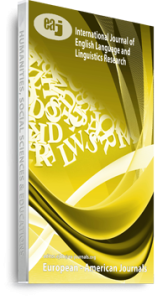This study aims at discovering the obstacles that might encounter translators while translating near-synonyms into English in the social field and discourse. It concludes that if translators follow a specific arrangement of equivalences as suggested and explained by Werner Koller (1979), the process of translating near-synonyms from Arabic into English will be facilitated. The methodology adopted in this research is based on the analysis and comparison of a professional translator’s and MA students’ renditions of ten texts containing near-synonyms in ‘La Tahzan’ book. The importance and significance of this study is to discover difficulties that might face translators in the social filed and discourse, since some previous pieces of research proved that translators face difficulties in other kinds of discourses, such as the literary and Islamic field. The research chooses a professional translator rendition, Faisal Mohammad Shafeeq, and forty MA students to have a fair comparison. The choice of the 10 near-synonyms is based on searching in the old monolingual dictionaries for famous Arab linguists, and some of the interpretation books for the Holy Qur’an. The analysis aims at examining the extent to which the translators are able to find English equivalents for Arabic near-synonyms. Moreover, the research provides model translation for these near-synonyms, based on following the equivalence relations theory.
Keywords: connotative dimensions., denotative dimensions, near-synonymy- equivalence relations, translation

